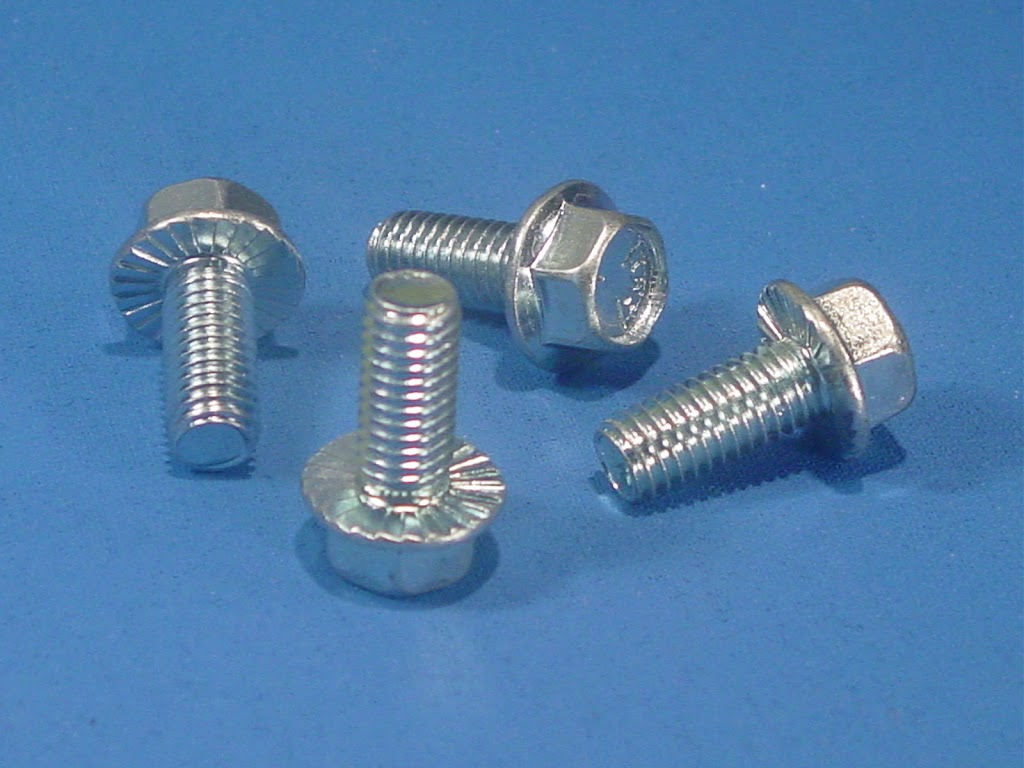Self-locking bolts are the fasteners engineered thoughtfully to prevent loosening under vibration and torque. These bolts feature a locking mechanism like a nylon patch or distorted threads.
These bolts are important components in many industries including aerospace, automotive and construction due to their ability to resist loosening under vibrations and dynamic loads.
Here’s how these bolts are manufactured-
- Selecting the material: The first step in manufacturing of self-locking bolts is to select an appropriate material. These bolts are fabricated from high-strength steel alloys for general applications and even for specific environments where corrosion resistance and light weight is required, materials like stainless steel or titanium can also be used
- Cold forging: Most self-locking bolts are engineered through cold forging. The process involves shaping metal at room temperature by applying pressure with dies and tools. This process not only shapes the bolt but also ensures its increased mechanical properties by aligning the grain structure of the metal along the shape of the bolt thus boosting its strength and fatigue resistance.
- Thread rolling: Threads are added to the bolt using a process called thread rolling. Unlike cutting, thread rolling does not remove any material instead it displaces the material to form threads. This method involves the strength of threads and provides a smooth; evenly finish which helps locking mechanism function effectively.
- Heat treatment: Bolts then undergo heating treatment that further boosts their mechanical properties. This involves hardening and tempering processes that optimize the ductility and toughness of the bolt. To get the desired properties in sync with specific application, precise temperatures and cooling rates are controlled.
- Adding locking features: The distinctive feature of self-locking bolt is their ability to prevent loosening. This is achieved by adding locking features like nylon patches, deformed threads, or a pellet or strip of nylon is inserted into the thread path. Every method provides resistance against vibration and torque ensuring the bolt maintains its hold once fastened.
- Coating: Coating is applied to protect the bolt against wear and corrosion. The common coatings are zinc, cadmium or phosphate layer that protects self-locking bolts from environmental factors and also provide essential lubrication to aid installation and prevent galling in stainless steel bolts.
- Quality control: Finally each bolt is passed through the stringent quality control checks that include hardness testing, tensile tests, and fatigue tests to ensure every bolt meets the stringent standards needed for its application. Also, effectiveness of locking feature is also tested to confirm it functions accurately under expected loads and conditions.
also read: What are the methods of bolt manufacturing
Manufacturing of self-locking bolts is complex mix of precision, engineering and material science. The leading self-locking bolt manufacturers follow every step to the core and ensure these bolts perform reliably in their myriad applications.

